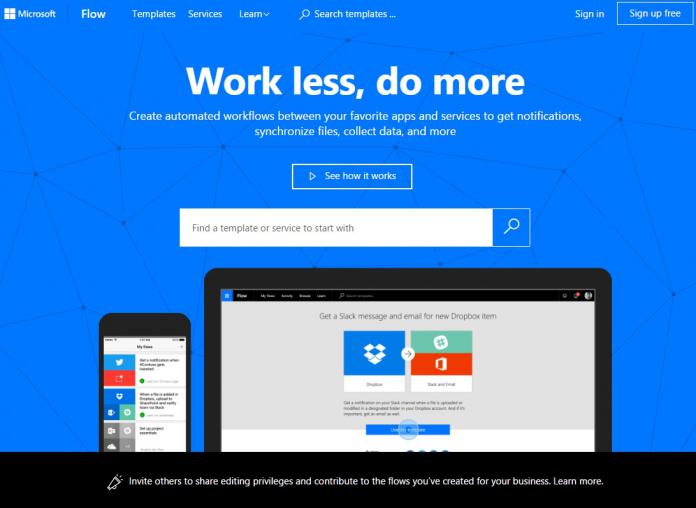For example, users can build flows which monitor all activity on social media forums and alert their team about events that they didn’t expect or require action. In addition, users can alert their team of new activity with the Teams connector. The new feature will post a message to an existing Microsoft Teams channel. With users gradually switching to Teams and Flow in order to collaborate, a connector that brings these two services together should improve the experience.
Teams-Flow collaboration
With Microsoft Flow already providing users the ability to create a big variety of flows, the Microsoft Teams connector will come in handy. In the announcement blog post, Microsoft provides several examples of such flows. Here is the list of examples:
“Create a flow to monitor all activity against a specific hashtag on Twitter. Use the Text Analytics connector to analyze the sentiment of the tweeted text. Alert your team if a negative sentiment is found. Use this template. Monitor suggestions posted to UserVoice and use the Cognitive Services LUIS connector to predict the intent of each suggestion. If a feature request is detected, post the suggestion to your Teams channel and capture the description in your OneNote for Business. Use this template. A popular scenario in Flow is approvals. Imagine that you require approval for each new item added to a Sharepoint list. This item can be a new deal, vacation request, release detail, etc. Now you can setup a workflow to request approval for each new item and alert your team when the approval request is completed. Use this template.”
To gain access to more Teams templates, go to Microsoft’s gallery.



